Leonard Pierce | November 4, 2025
Shintaro Kago has been at this game a good while. Everything I've seen of his (plenty, but not a patch on his whole substantial body of work) has unnerved me. Highly prolific and restlessly curious, he's been crafting surprising and confrontational work in almost every kind of manga there is, bringing his extreme sensibilities to everything he puts together, which is a lot. While he primarily works in the Ero guro style, of which is is a true pioneer, he dabbles in almost everything that strikes his fancy, with two constants: a ceaseless attraction and repulsion for the body, and an absurdist sense of humor, giving that horror a barb both sweetens and sharpens.
His latest release, Brain Damage, a new four-part anthology hardback, is a doozy. Reading as very contemporary but with elements that are as timeless as you can get in such stories, it presents a series of puzzle-boxes, both literal and figurative, for the reader to suss out while waiting for the big payoffs. These are classic horror-manga pieces, less intensely surreal than some of Kago's other work while still maintaining the original angular conceptions that make him stand out. While it lacks some of the most daring qualities of previous efforts, what stands out is the genre purity of these pieces; there's a lot that wouldn't seem out of place in a Giallo from the 1970s, or even a Grand Guignol production from over a century ago.
A few words of discretion before we get to the meat of this review: First, in dealing with any kind of horror medium, it can be difficult to fairly describe the action without indulging in spoilers, and Brain Damage is no exception. I'll try to talk about the shape of these stories without giving away too much about them, but a little bit of leakage is bound to occur, so proceed with caution. And second, if you're familiar with or even interested in manga horror, it probably won't be necessary to tell you that it can skate on some pretty dark ice. Kago in particular is a provocateur, and this book, while less brutal and intense than some of his previous work, still features a lot of gore, death, and terrifying imagery, a good amount of which is sexualized, so proceed with caution.
The first story in the collection “Labyrinth Quartet”, delivers just what it says in the title: Four young women, all similar but, teasingly, not quite identical in appearance, wake up in a building made up of a maze of mostly indistinguishable rooms. With no memory of how they got there, they attempt to escape while slowly discovering they are under pursuit by a murderous masked figure. “Labyrinth Quartet” starts out with a bit of Kago's trademark humor, with the women engaging in some downright vaudevillian banter, but it soon takes a black turn, and ends with a shocking denouement that folds a strong metafictional element into an ordinary slasher narrative.
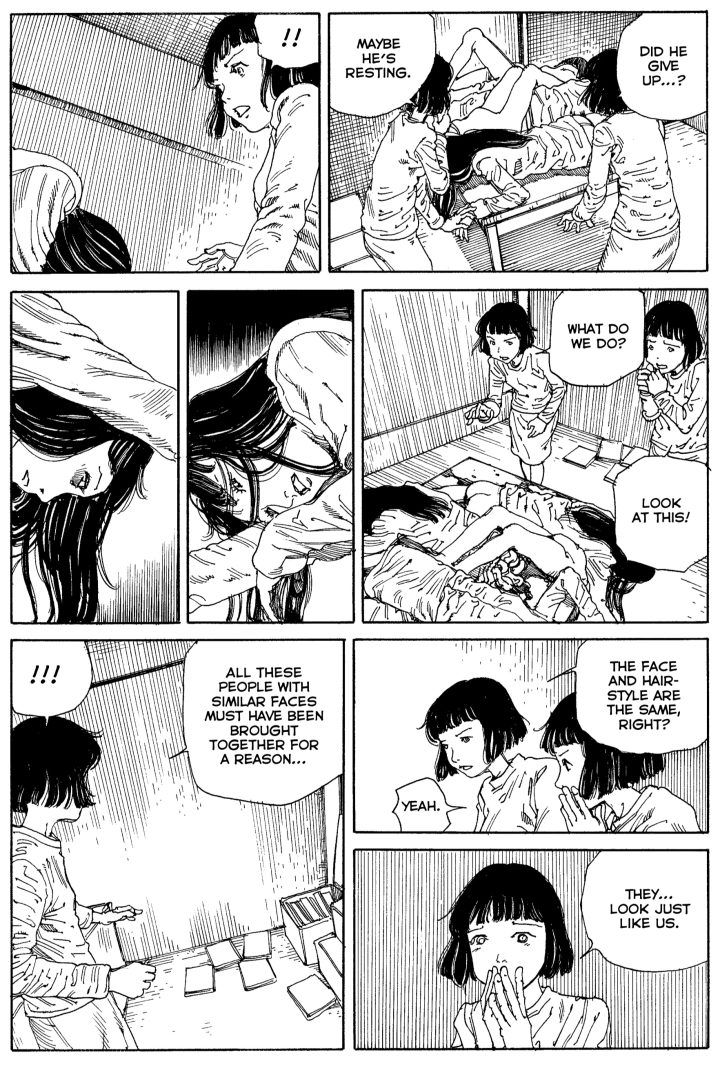 Page from “Labyrinth Quartet” from Brain Damage by Shintaro Kago, translated by Zack Davisson (Fantagraphics, 2025)
Page from “Labyrinth Quartet” from Brain Damage by Shintaro Kago, translated by Zack Davisson (Fantagraphics, 2025)Next up is “Curse Room”, which starts out as a seemingly standard-issue ghost story, and then takes what appears to be a grim but predictable twist on the zombie trope. As it develops, though, it turns in a truly unexpected direction and begins to be more of a Kago-type tale; if one is inclined to such readings, one might even think it has something to say about the political conflict between the way crime is dealt with by the police and how it's dealt with by social workers. It ends up in a place that I found a bit disappointing, with a jarring but pretty routine twist, but there are enough curves along the way – amusing, disgusting, and thought-provoking by turns – to make it worth the trip.
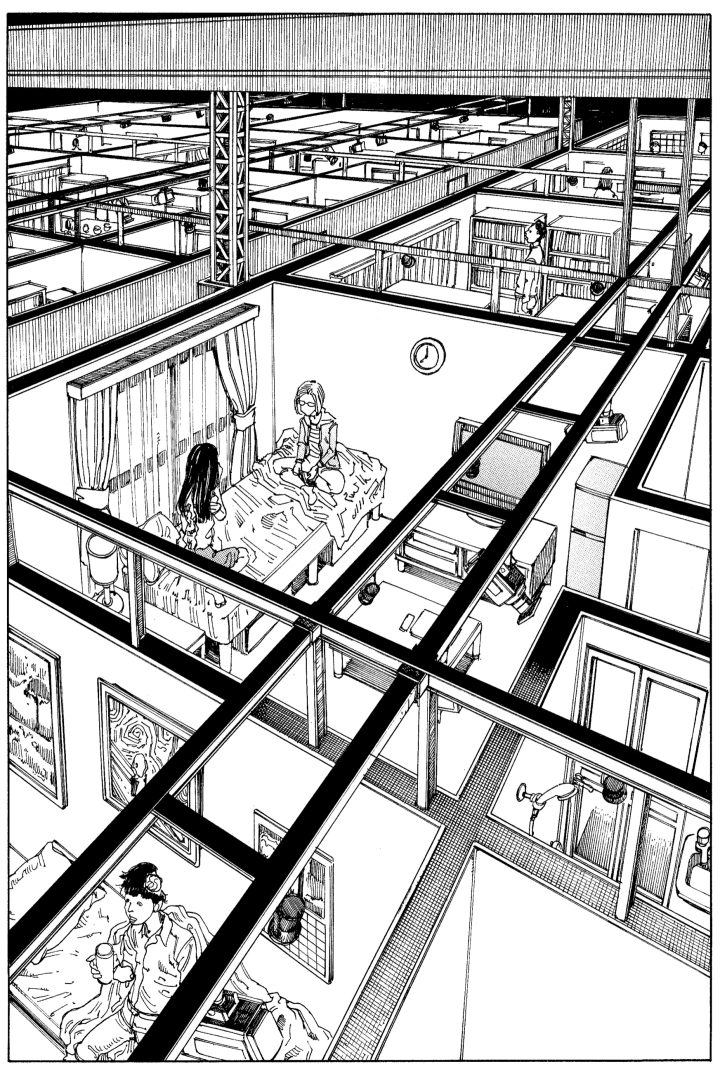 Page from “Curse Room” from Brain Damage by Shintaro Kago, translated by Zack Davisson (Fantagraphics, 2025)
Page from “Curse Room” from Brain Damage by Shintaro Kago, translated by Zack Davisson (Fantagraphics, 2025)The following story, “Family Portrait” in a sense, is the most Kago-ish of collection, but for those very reasons, likely to be the one readers find the hardest to take. As a young woman tries to cope with family trouble including an ineffectual father, a pest of a brother, and most of all, a grandfather falling ever deeper into dementia and memory loss, everyone around her, from her friends and family to her neighbors, begin disappearing. This one most encapsulates both the erotic and the grotesque of Ero guro, but it also gets pretty gross at times, with humor that combines Groundhog Day with Benny Hill and an ending whose creepiness is undercut by a repulsive sexuality that's more exploitative than explicit. The weakest tale in the book.
 Page from “Family Portrait” from Brain Damage by Shintaro Kago, translated by Zack Davisson (Fantagraphics, 2025)
Page from “Family Portrait” from Brain Damage by Shintaro Kago, translated by Zack Davisson (Fantagraphics, 2025)Finally, we get to “Blood Harvest”, the hootiest and best piece in the book, a great way to go out. Yet another of Kago's young female protagonists ends up getting involved in a situation where people found in undamaged cars having been killed in various heinous ways, and she remains the sole survivor. This is the most spoiler-susceptible story in the bunch, but it features not only the sharpest art in the collection, from its faces to its vehicles to its ramped-up broken bodies, but the wildest ride as well, throwing together elements of Christine, detective fiction, Cars, the Matrix series, Crash, and Kago's own unique perspective into a clanging, raucous blender. As the strongest of the four, a suitably deranged conclusion.
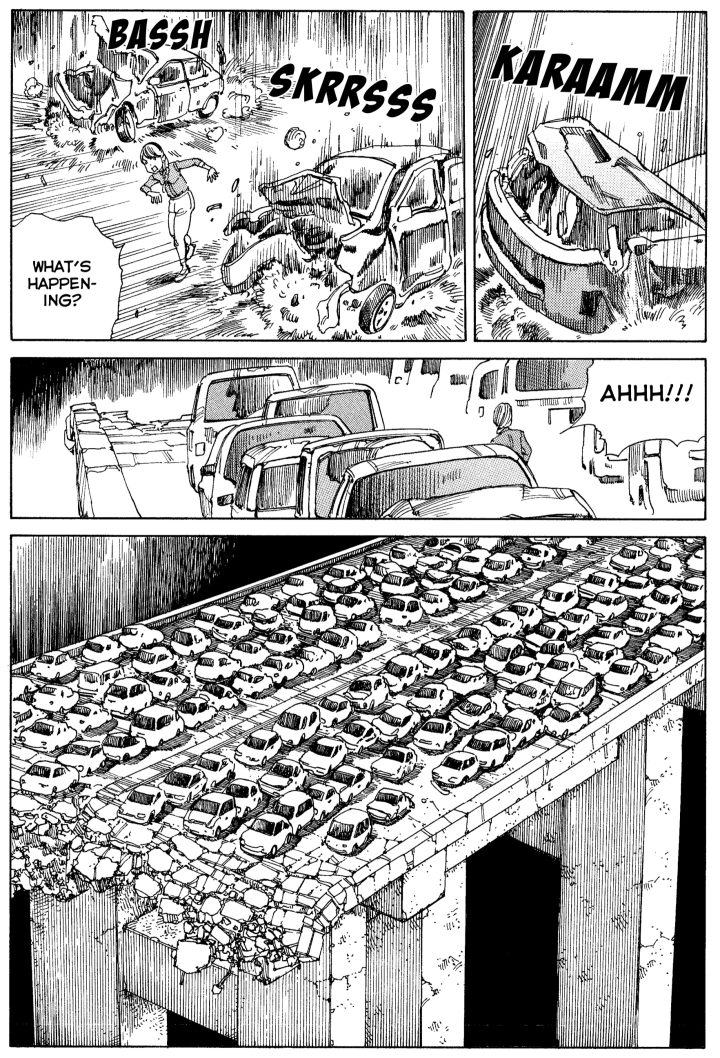 Page from “Blood Harvest” from Brain Damage by Shintaro Kago, translated by Zack Davisson (Fantagraphics, 2025)
Page from “Blood Harvest” from Brain Damage by Shintaro Kago, translated by Zack Davisson (Fantagraphics, 2025)Nominated in the Best One-Shot category for this year's American Manga Awards, Brain Damage is a solid continuation in the ongoing process of English-language releases of the work of one of Japan's cult-favorite artists. Kago can be his own harshest critic, as evidenced by some of his one-page story commentaries at the end of the book, but he's put together a very good collection here. Alternately horrific and hilarious, corny and horny, it's less audacious than what longtime fans might be used to, but it's stronger for the fact that its story structures are in the vein of familiar horror classics that it should provide a good entry point to his weirder back catalogue.

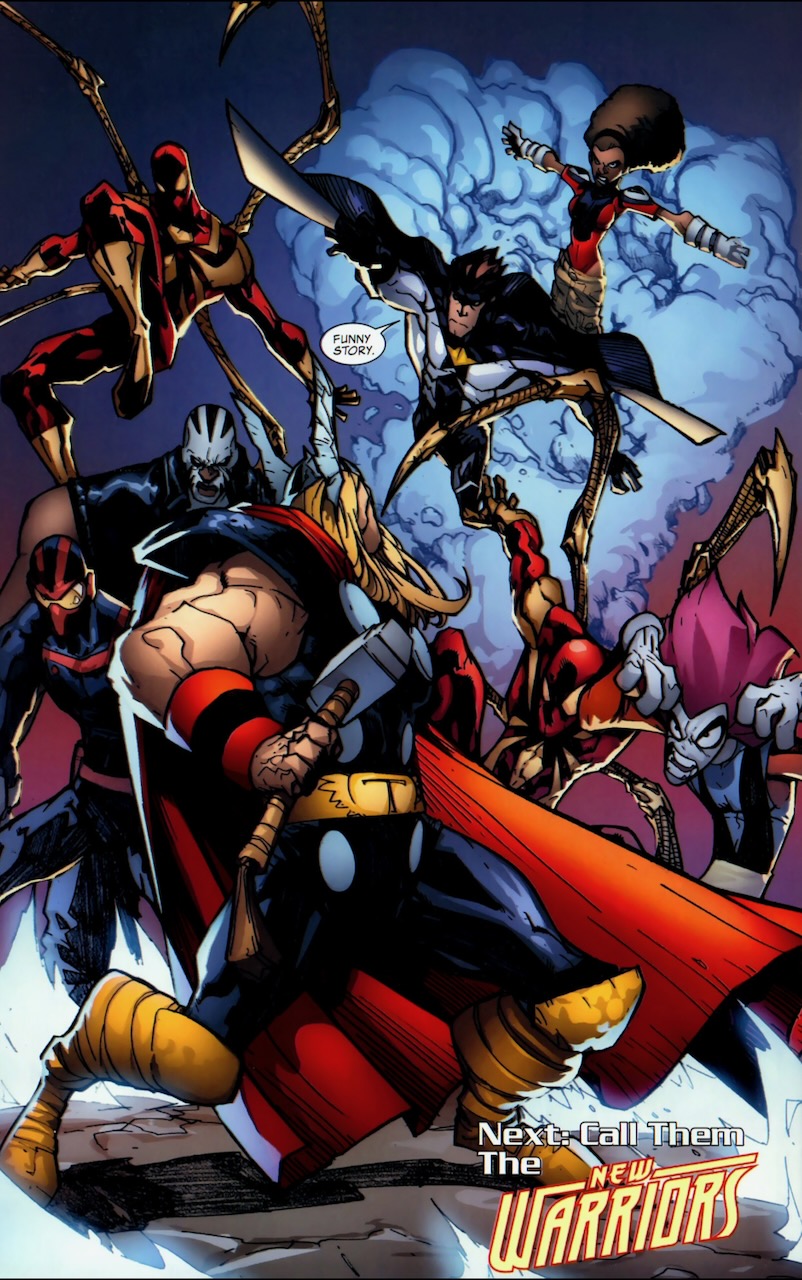











![Ghost of Yōtei First Impressions [Spoiler Free]](https://attackongeek.com/wp-content/uploads/2025/11/Ghost-of-Yotei.jpg)


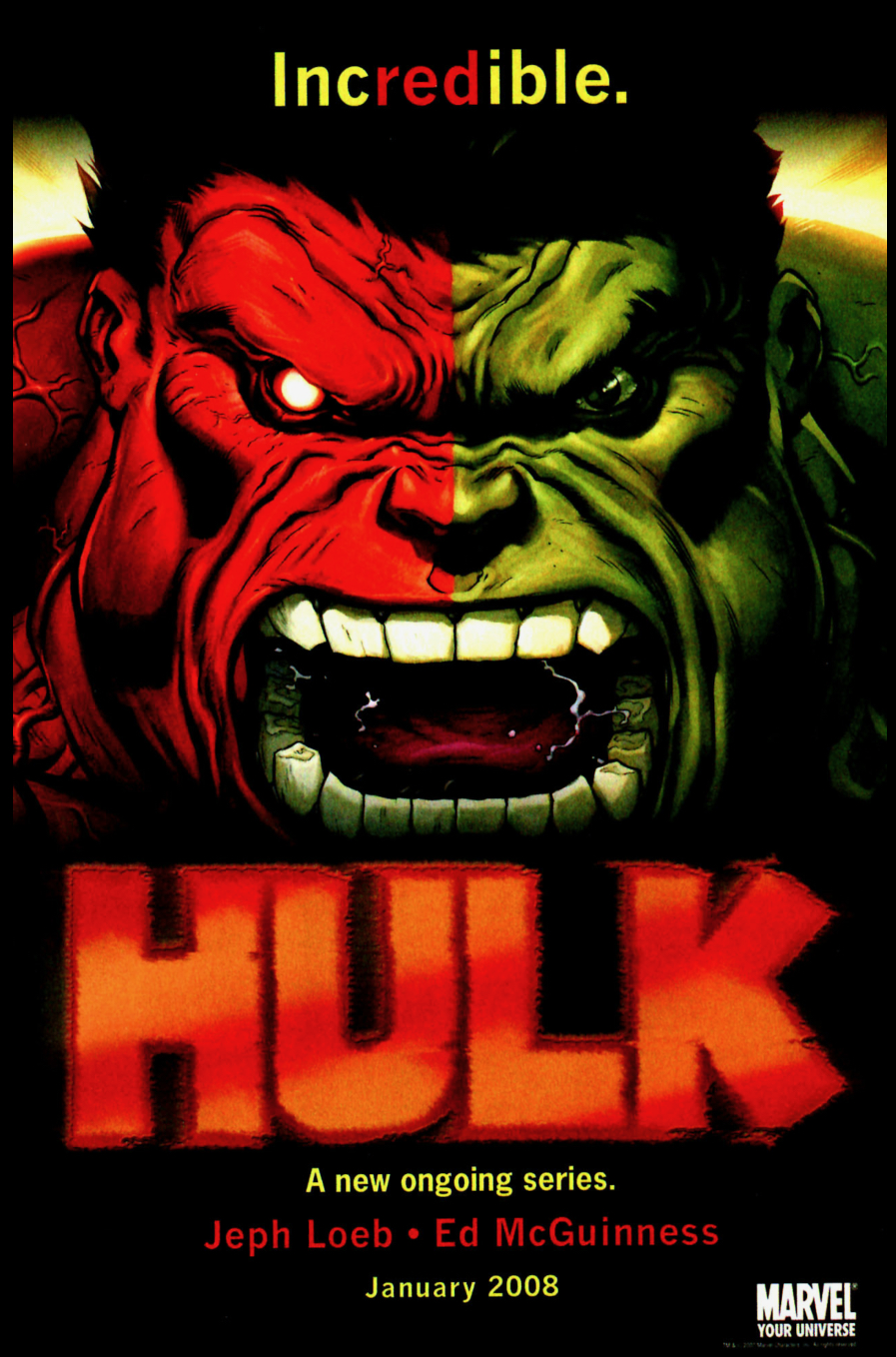

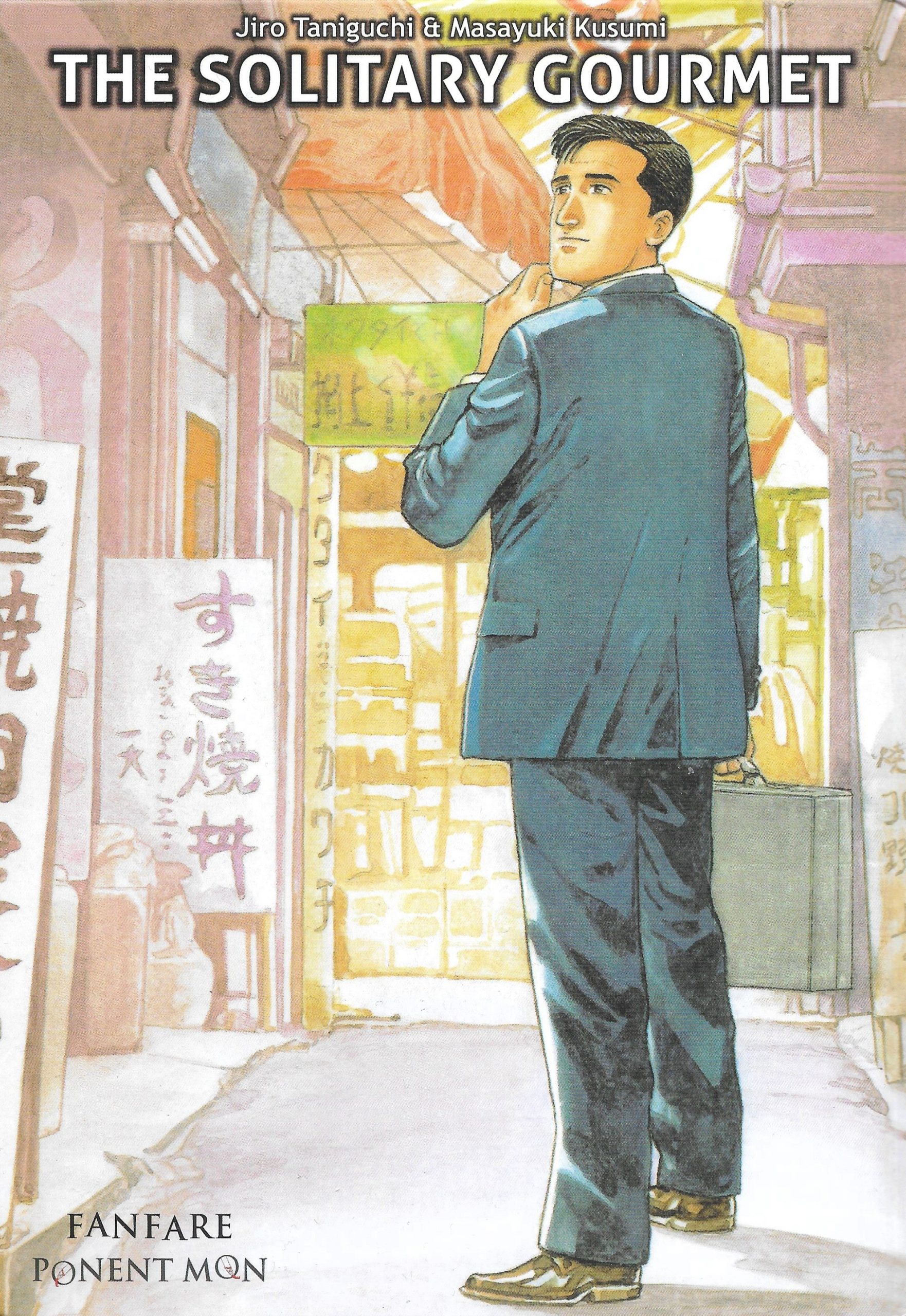
 English (US) ·
English (US) ·